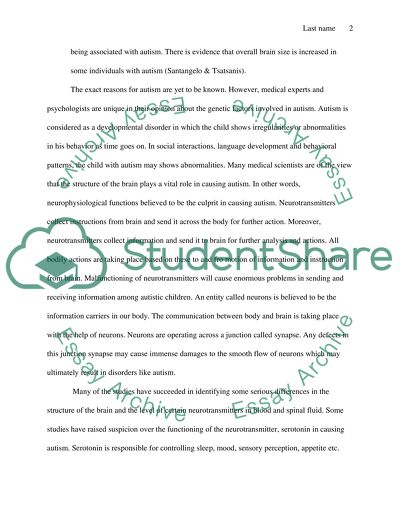Cite this document
(“Autism Research Paper Example | Topics and Well Written Essays - 1500 words”, n.d.)
Retrieved from https://studentshare.org/health-sciences-medicine/1422150-the-topic-is-child-psychology-and-the-subtopic-i
Retrieved from https://studentshare.org/health-sciences-medicine/1422150-the-topic-is-child-psychology-and-the-subtopic-i
(Autism Research Paper Example | Topics and Well Written Essays - 1500 Words)
https://studentshare.org/health-sciences-medicine/1422150-the-topic-is-child-psychology-and-the-subtopic-i.
https://studentshare.org/health-sciences-medicine/1422150-the-topic-is-child-psychology-and-the-subtopic-i.
“Autism Research Paper Example | Topics and Well Written Essays - 1500 Words”, n.d. https://studentshare.org/health-sciences-medicine/1422150-the-topic-is-child-psychology-and-the-subtopic-i.


